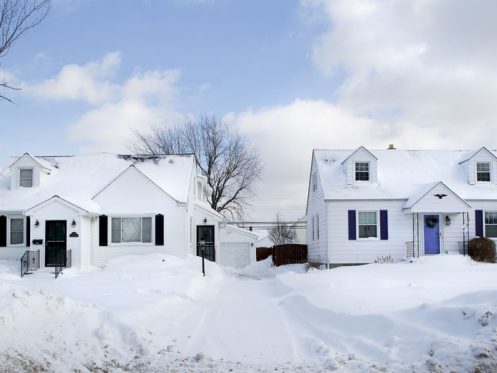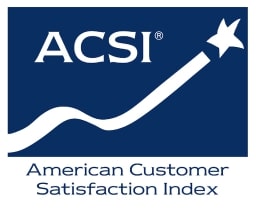“Where were you during the great Texas freeze of 2021?” It’s easy to imagine this question passing amongst Texans in 10, 20 or 30 years—especially among those who experienced firsthand the unprecedented cold and havoc wrought upon the state electric grid. February’s statewide electricity shortfalls affected nearly every cooperative, municipal- and investor-owned utility across Texas.
Valentine’s Day 2021 was chilly from the start, with weather forecasters predicting worse to come. They were correct, and what followed proved to be Texas’ most severe winter-weather event in over 30 years.
The Electric Reliability Council of Texas (ERCOT) knew early on Feb. 14 that conditions could lead to shortages on the power grid, and the state grid hit an all-time winter peak of 69,222 MW at 7:06 p.m. At 10 p.m., ERCOT was still confident in overall generation output levels; however, statewide weather conditions worsened rapidly, and less than 4 hours later, the state was under an Energy Emergency Alert (EEA) Level 3.
The following is a timeline of events starting early on February 15, when ERCOT experienced extraordinary power shortages and as a result, was forced to mandate rotating outages that would impact nearly every community across Texas. This event drove electricity market prices up to $9.00 per kilowatt-hour (kWh), from the typical pennies-per-kWh price familiar to electricity providers up to that point. These electricity providers, including GVEC, are still experiencing the impact of these events, months later—and expect to continue recuperating for years to come.
Feb. 15
1:20 a.m. – ERCOT declares an EEA 3, forcing rotating outages to shed 10,800 MW. The EEA level would not fall below 3 until the morning of February 19, leading to continuous statewide rotating outages and maxed-out wholesale natural gas and electricity costs.
7:00 a.m. – A total of 52,277 MW of normal statewide generation capacity failed, translating to a 48.6% reduction of total output capacity, the largest output shortage during the event.
Feb. 16
All Day – Some electricity producers come back online, but unfortunately, others become unavailable, leading to zero net gain in generation capacity compared to Feb. 15.
7:45 a.m. – Load shed (the amount of usage reduction needed to create equilibrium between supply and demand) totals reached 20,000 MW. Limited gas availability for gas-fired power plants worsens the situation.
9 a.m. – 4 p.m. – Statewide electricity usage drops slightly during nonpeak hours, allowing for fewer rotating outages during the day; however, evening peak hours (4 to 9 p.m.) renew the need for more frequent and steady rotating outages.
Feb. 17
All Day – Extreme cold temperatures ease slightly, leading to a small net gain in electricity production and a modest reduction in the number of rotating outages.
Feb. 18
All Day – As below-freezing temperatures continue to ease, more producers come back online, steadily increasing production capacity. Generation output continues improving throughout the day.
Feb. 19
12:42 a.m. – ERCOT cancels all remaining rotating outage orders.
10:35 a.m. – ERCOT cancels emergency status and returns to normal operation.
Frozen Supply Lines
What ultimately led to severe, sustained supply shortfalls? Many coal-powered and natural gas production facilities, wind turbines and even one of the state’s nuclear power plants froze to an inoperable standstill. At the peak of statewide electricity shortages, over 48% of normal capacity was unavailable. If power suppliers across the state, including GVEC, hadn’t complied with ERCOT’s mandate for controlled rotating outages, it could have resulted in grid-wide blackouts lasting days, weeks or even months.
The Impact on GVEC Members? Not as Severe as Might be Expected
Fortunately, GVEC’s long-term financial strength and power supply procurement strategy helped to protect the Cooperative and its members from the impact of extreme market prices. This robust financial footing is part of the reason GVEC has not yet needed to pass on February’s exponentially high costs through any rate changes. That said, we will need to increase our Generation and Transmission rate by some degree in the near future.
Our priority is to design a rate that recovers necessary costs over multiple years with minimal financial impact on members. As always, our approach will be built on GVEC’s values, and will result in a manageable increase for our members, while protecting the hard-earned financial stability of the cooperative as a whole. You can read some additional comments regarding rates on page 18 from GVEC General Manager and CEO Darren Schauer.
As we have always done, GVEC will work with any member facing difficulty paying through payment arrangements or community resources. GVEC will continue communicating to members as we solidify plans, and encourage you to follow us on social media and to keep reading The GVEC Review for more.



